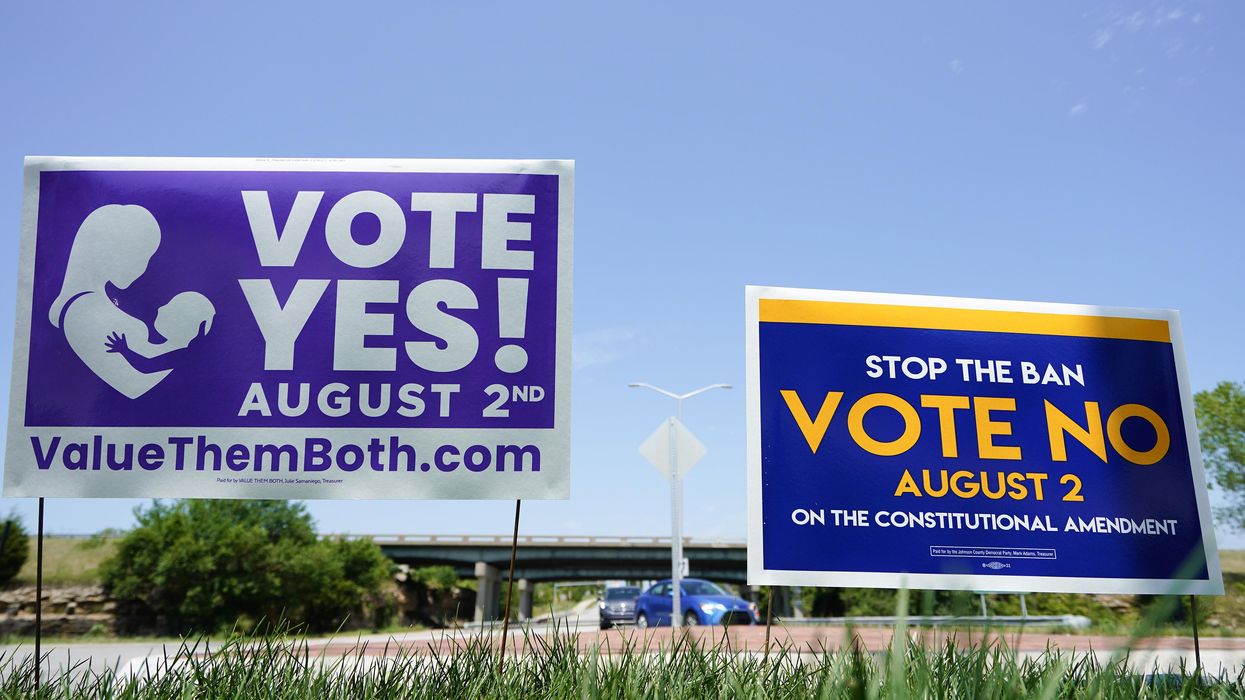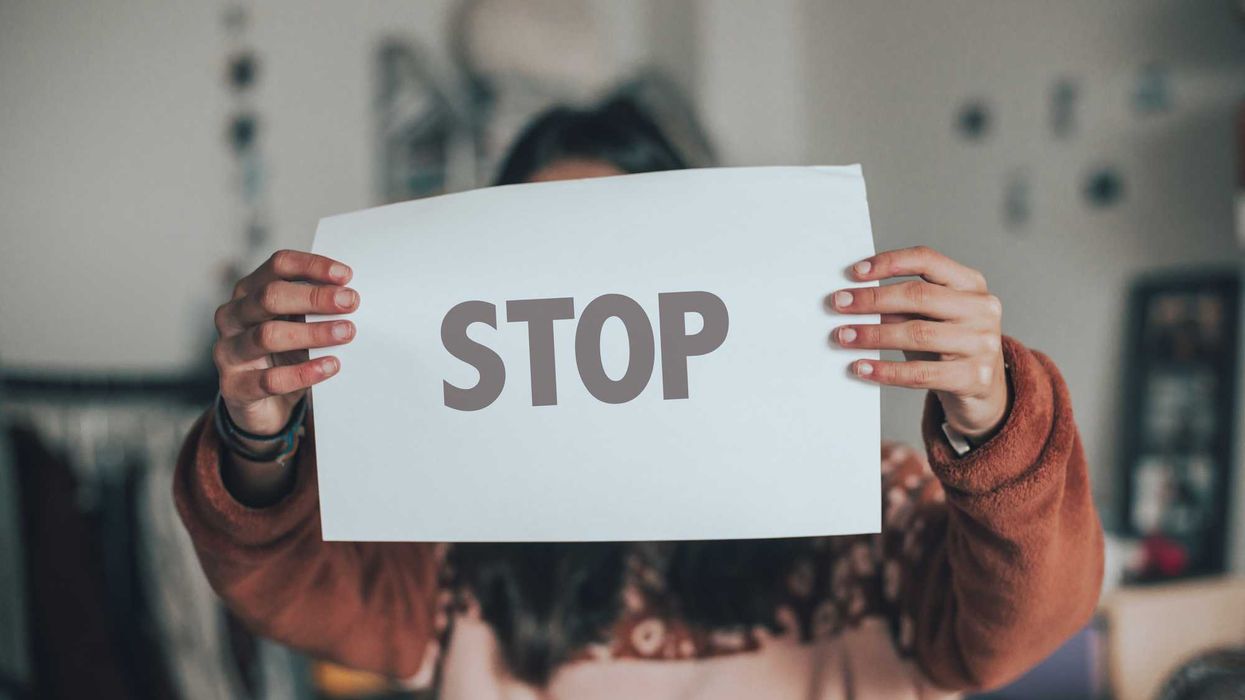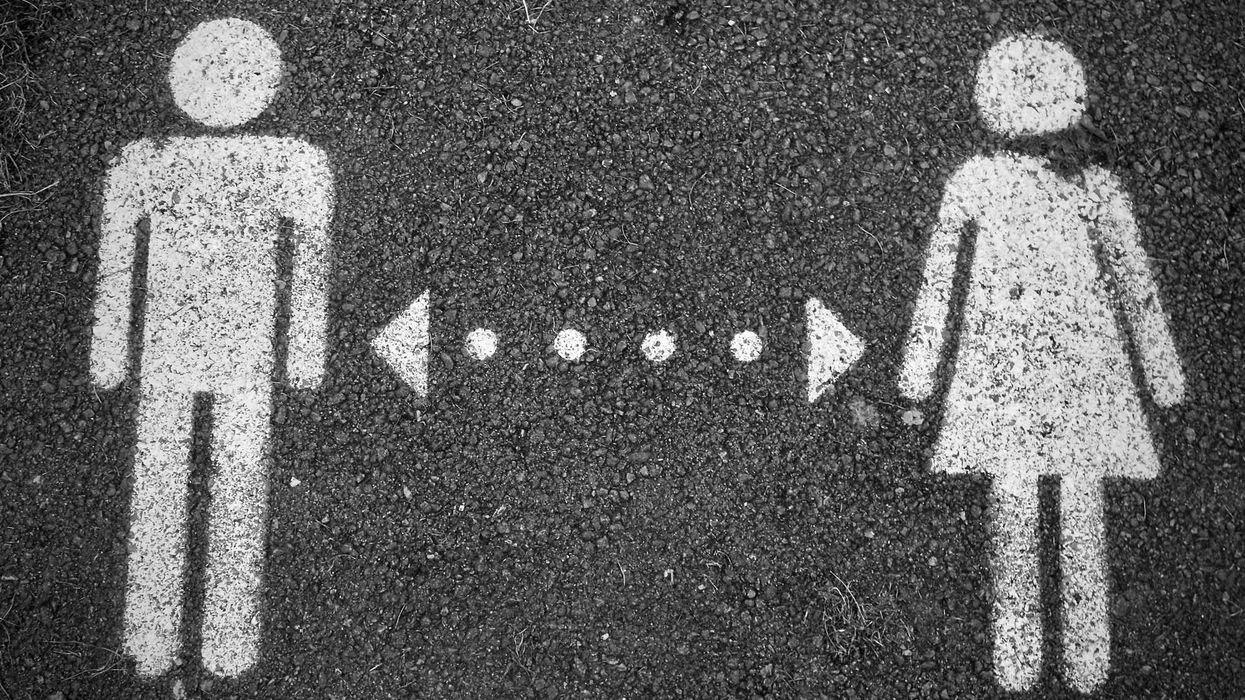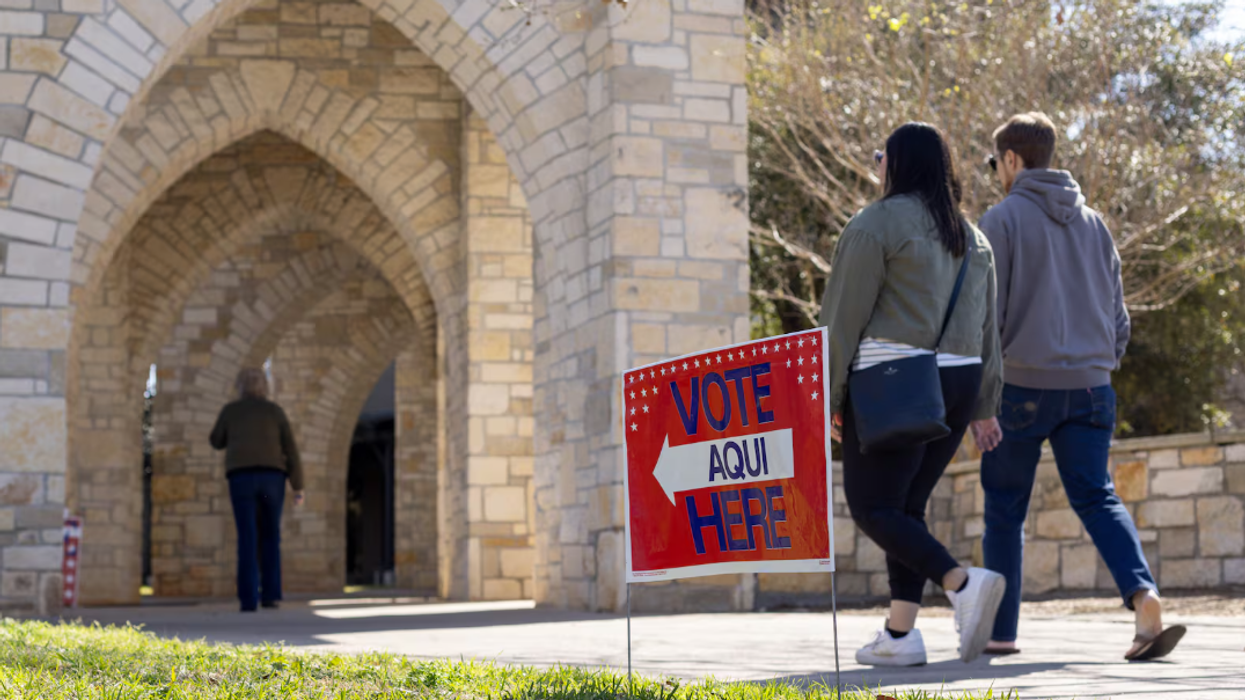Goldstone’s most recent book is "On Account of Race: The Supreme Court, White Supremacy, and the Ravaging of African American Voting Rights."
On Aug. 2, staid, conservative Kansas gave the United States one of the biggest jolts in an election season in which Democratic disaster and Republican ascension had been such an accepted fact that left-wing media’s denial of inevitability sounded more like prayer. President Biden’s approval rating was lower than Donald Trump’s, inflation was raging, war in Ukraine was sapping public will, and Democrats were desperately thrashing about for some issue, any issue, they could use to limit the carnage.
Justice Samuel Alito, of all people, may have given them one.
In the wake of Alito’s smug, pompous opinion in Dobbs v. Jackson Women's Health Organization, gleeful conservatives felt free to mount a full scale assault on reproductive rights in every red state, and some blue ones, in which the ability to have an abortion had not yet been outlawed.
Where better to start than Kansas?
The task appeared simple. In what seemed an anachronistic quirk in a state Donald Trump had won by 15 points, the Kansas Constitution contained a provision that protected a woman’s right to obtain an abortion. In order for the deeply conservative Legislature to enact restrictive abortion legislation, or even outlaw the procedure altogether, Kansas voters needed merely to approve a change to the Constitution in a statewide referendum. By a happy coincidence, such a ballot initiative was already in the works.
The anti-abortion side, although confident of victory, tried to remove any element of risk with a couple of technically legal but morally questionable moves. First, they scheduled the vote for primary day, Aug. 2, rather than in the general election, to capitalize on traditionally low Democratic turnout for primaries that rarely resulted in them choosing a candidate with any chance at victory in November. Next, in the spirit of George Orwell, they jiggled the wording of the referendum to make “Yes” a vote to restrict abortion and “No” a vote to retain the constitutional guarantee to abortion rights. Anti-abortion advocacy groups even ran ads with light-fingered phraseology, trying to convince gullible pro-choice voters that a “Yes” vote would protect women’s access to abortion providers.
The vote was preceded by the predictable spending war, with each side investing about $6 million. The “Yes” contingent was largely represented by a group called Value Them Both, which received most of its funding from the Catholic Church and affiliates; the “No” side was led by Kansans for Constitutional Freedom, which received hefty funding from Planned Parenthood.
Although polling was limited and some predicted a close race, most pro-choice advocates did not express much optimism about actually winning, but were instead hoping for a sufficiently narrow defeat to indicate that sentiment in Kansas was trending in their direction. Even when the vote tallies began to come in, analysts on CNN and MSNBC warned that mail-in votes, skewed to Democrats, were counted first and the early lead would likely not hold up when the in-person votes were added in.
But it did.
As the night wore on, it became apparent that not only would “No” win, but that it would do so by an astounding margin, which turned out to be 170,000 votes or almost 20 percentage points, a 35-point swing from 2020. In addition, Republicans’ attempt to limit turnout backfired — 900,000 Kansans cast ballots, more than twice the number that generally voted in the state’s primaries. To say that every single prognosticator was left slack-jawed would not be an overstatement.
An upset of this magnitude is as irresistible to pundits as it is rare. Some pore over the electoral map and attempt to discern changes in voting patterns county by county or even town by town. Some examine the ads to hypothesize on the reasons some were effective and some failed to motivate voters. Others look at endorsements and outside influences, both financial and personal. Theories based in either quantitative analysis or sociological phenomena abound. What will be common to almost all of them is that, because they are generated by political theorists, they will have a political basis.
But perhaps the explanation is not political at all. Perhaps the conservative voters of Kansas simply chose not to blindly follow the dictates of either Republican Party leaders or Donald Trump (although the two terms have recently been redundant) Supreme Court justices, or even leaders of the Catholic Church. Perhaps they rejected the notion that powerful men and the occasional powerful woman in public office and on the Supreme Court should be allowed to ignore their oaths of office and follow their own agenda regardless of whose rights or freedoms they trample on in the process.
And finally, perhaps they decided that the forces that call themselves “pro-life” but would bully a woman into dying in the process of giving birth to a child sired by a rapist are too filled with hypocrisies to be honorable. Thomas Jefferson, in the Declaration of Independence, wrote, “With a firm reliance on the protection of Divine Providence, we mutually pledge to each other our Lives, our Fortunes, and our sacred Honor.” Perhaps the voters of Kansas decided honor was indeed sacred after all.
If this be so, it is a far more positive development than mere success at the ballot box. While Democrats are certainly heartened over the rejection of a measure that would have allowed the Kansas Legislature to take total control of what they consider a personal decision and a vital component of health care, this may well have been a nonpartisan statement by both Democrats and Republicans that they do not wish to be ordered about, lectured to, or manipulated into providing political advantage to either party by depriving some Americans of their rights or their freedoms.
If, by some wondrous happenstance, this is the true meaning of the Kansas vote, Kansans may have helped set the United States back on the road to democracy, from which it has recently strayed so grievously.



















